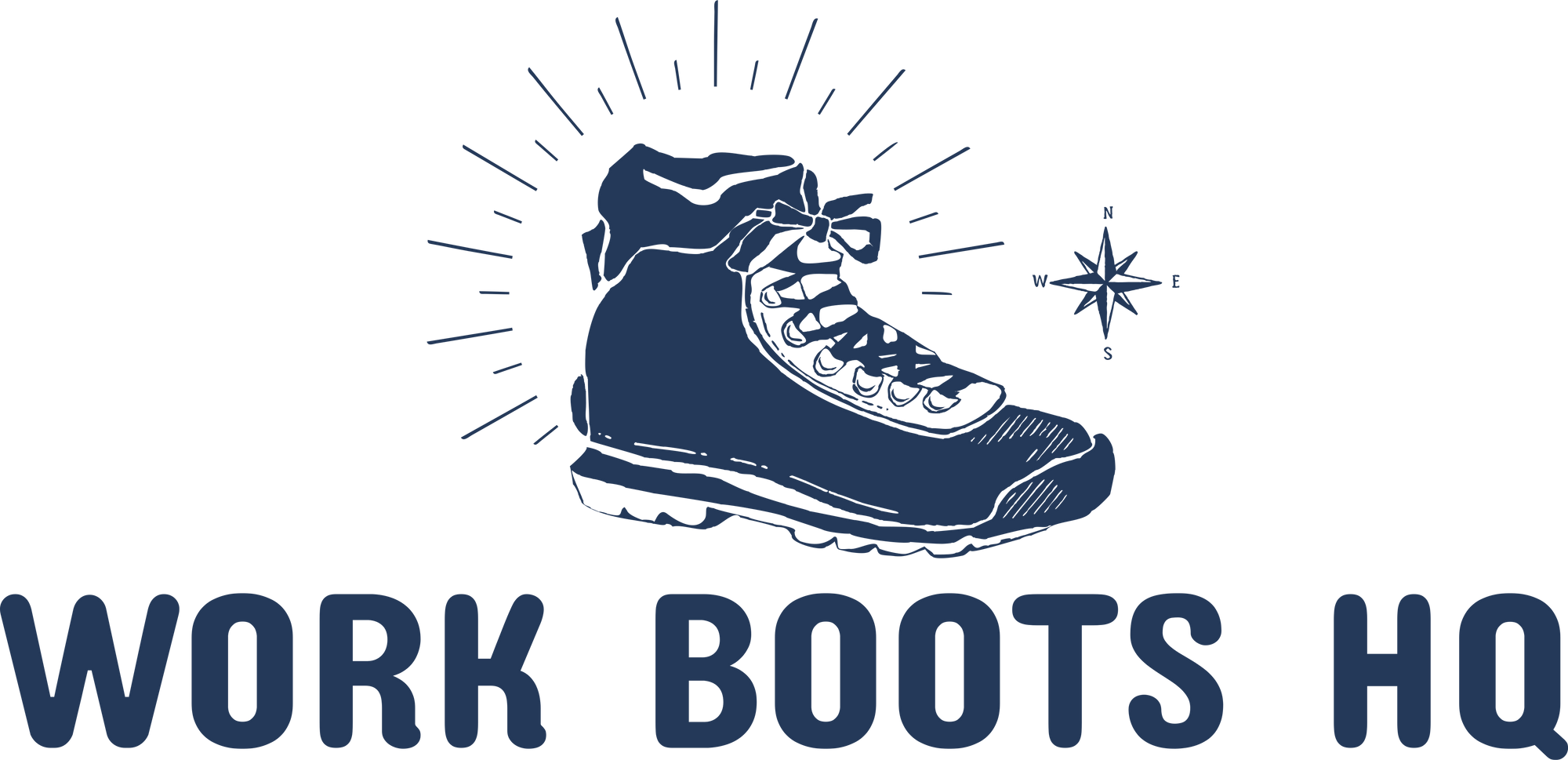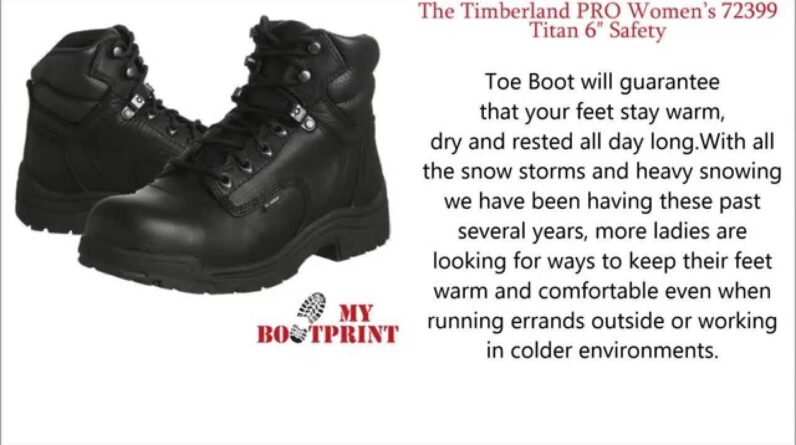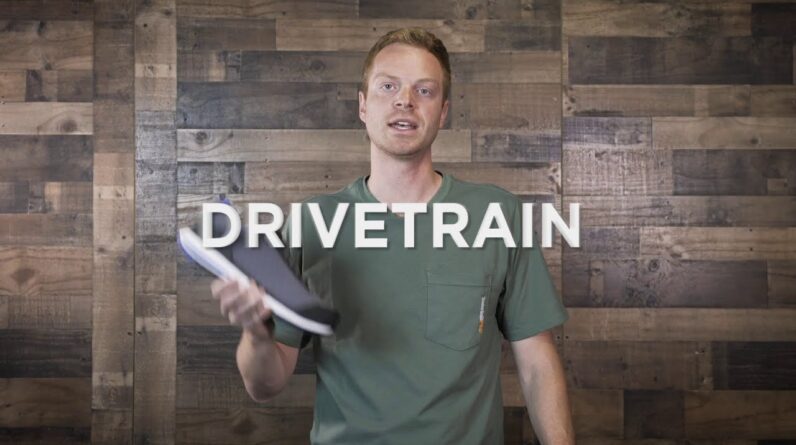
This post may contain affiliate links which means I may receive a commission for purchases made through links. Learn more on my Private Policy page.
How to Get More Done: The Art of Efficiency and Leverage
In today’s fast-paced world, people are constantly looking for ways to get more done in less time. One of the keys to doing this is understanding and harnessing the power of efficiency and leverage. This article will explore the concepts behind these two productivity principles, and provide practical tips and techniques to help you get more done in your personal and professional life.
What are Efficiency and Leverage?
Efficiency and leverage are two complementary aspects of productivity that can help you achieve more with less effort. Let’s take a closer look at these concepts:
Efficiency
Efficiency is about doing things right. It’s the ability to achieve a desired outcome with the least amount of wasted time and resources. This can include streamlining processes, eliminating unnecessary tasks or redundancies, and finding the most effective ways to achieve your goals.
Leverage
Leverage is about doing the right things. It’s the ability to achieve greater results with less effort by using existing resources more strategically. This can involve tapping into the power of systems, tools, and people to multiply the impact of your efforts and get more done in less time.
The Benefits of Efficiency and Leverage
When applied correctly, efficiency and leverage can bring tremendous benefits to both your personal and professional life. Some of the key advantages include:
Increased Productivity
By streamlining your processes and focusing on the right tasks, you can accomplish more in less time. Increased productivity can lead to faster progress toward your goals and more time to pursue other interests or simply relax.
Reduced Stress
Efficiency and leverage can help to lighten your workload and reduce the amount of time and effort required to complete tasks. This can lower your stress levels and contribute to a healthier, happier mindset.
Enhanced Creativity
When you have more time and mental bandwidth, you’re better equipped to engage in creative endeavors. Harnessing efficiency and leverage to free up your schedule can make it easier to pursue new ideas and explore innovative approaches.
Improved Collaboration
Efficiency and leverage often involve tapping into the power of teamwork. By working with others, you can access a broader range of skills and expertise, and increase the likelihood of producing successful outcomes.
Practical Tips for Mastering Efficiency and Leverage
Now that you understand the principles of efficiency and leverage, here are some practical tips for applying them in your everyday life:
1. Prioritize and Time-Block
The first step toward mastering efficiency and leverage is understanding what tasks truly matter. Identify your most important tasks (MITs) and focus on them first each day. Additionally, use time-blocking techniques to allocate designated amounts of time to specific tasks. This will help you stay focused, avoid context-switching (which can be a major efficiency killer), and make the most of your time.
2. Use the Pareto Principle (80/20 Rule)
The Pareto Principle, also known as the 80/20 Rule, states that approximately 80% of your results come from 20% of your efforts. Identifying and concentrating on the 20% of tasks that bring about the majority of your desired outcomes can help you leverage your time more effectively. Regularly assess your task list and identify areas where you can simplify and prioritize for maximum impact.
3. Delegate and Outsource
No one can do everything alone. Learning to delegate and outsource tasks to others can be a powerful way to leverage the skills and strengths of your team or network. Look for tasks that you can hand off to colleagues or hire external help to free up your time and focus on areas where you excel.
4. Develop Systems and Automate
Creating systems and automating processes can help you increase efficiency and leverage your resources more effectively. Look for tasks that you complete on a regular basis and find ways to systematize them, such as creating checklists, templates, or standard operating procedures. In addition, explore tools and technologies that can help automate tasks and save you time, such as project management software, email filters, or social media scheduling tools.
5. Continuously Improve and Iterate
Becoming more efficient and leveraging your resources effectively requires continuous improvement. Continuously evaluate your processes and look for ways to optimize and enhance your workflows. Embrace an iterative mindset, embracing the idea that you can always find ways to do things better.
Case Studies: Applying Efficiency and Leverage in Real Life
To illustrate the power of efficiency and leverage, let’s take a look at two real-life examples of individuals who have achieved remarkable results by applying these principles.
Case Study 1: Tim Ferriss and the Four-Hour Workweek
Tim Ferriss, author of the best-selling book “The 4-Hour Workweek,” is a prime example of someone who has successfully harnessed efficiency and leverage to achieve entrepreneurial success. By streamlining his business processes, outsourcing tasks, and automating systems, Ferriss managed to significantly reduce his work hours while still growing his income.
Some key strategies that Ferriss employed include:
– Hiring a virtual assistant to handle routine tasks such as email and booking travel arrangements.
– Delegating tasks to his team and only intervening when absolutely necessary, allowing him to focus on high-impact activities.
– Using email filters and autoresponders to manage his inbox more effectively.
Case Study 2: The Launch of Buffer
Buffer, the popular social media scheduling tool, was created by co-founders Joel Gascoigne and Leo Widrich as a way to more efficiently manage their social media presence. By developing a tool that allowed them to easily schedule updates and leverage the power of automation, they were able to free up time and increase the effectiveness of their social media efforts.
Through this process, Gascoigne and Widrich also identified a market need and turned their efficiency hack into a profitable business. Today, Buffer is used by millions of individuals and businesses worldwide, demonstrating the power of efficiency and leverage in action.
Conclusion
In conclusion, mastering the art of efficiency and leverage is critical for success in today’s fast-paced world. By focusing on the right tasks, streamlining your processes, tapping into the power of teamwork and technology, and continuously improving, you can unlock greater productivity and achieve more with less effort. Implement these strategies and watch as your personal and professional life flourish.








Just ordered a pair. Hope they last!